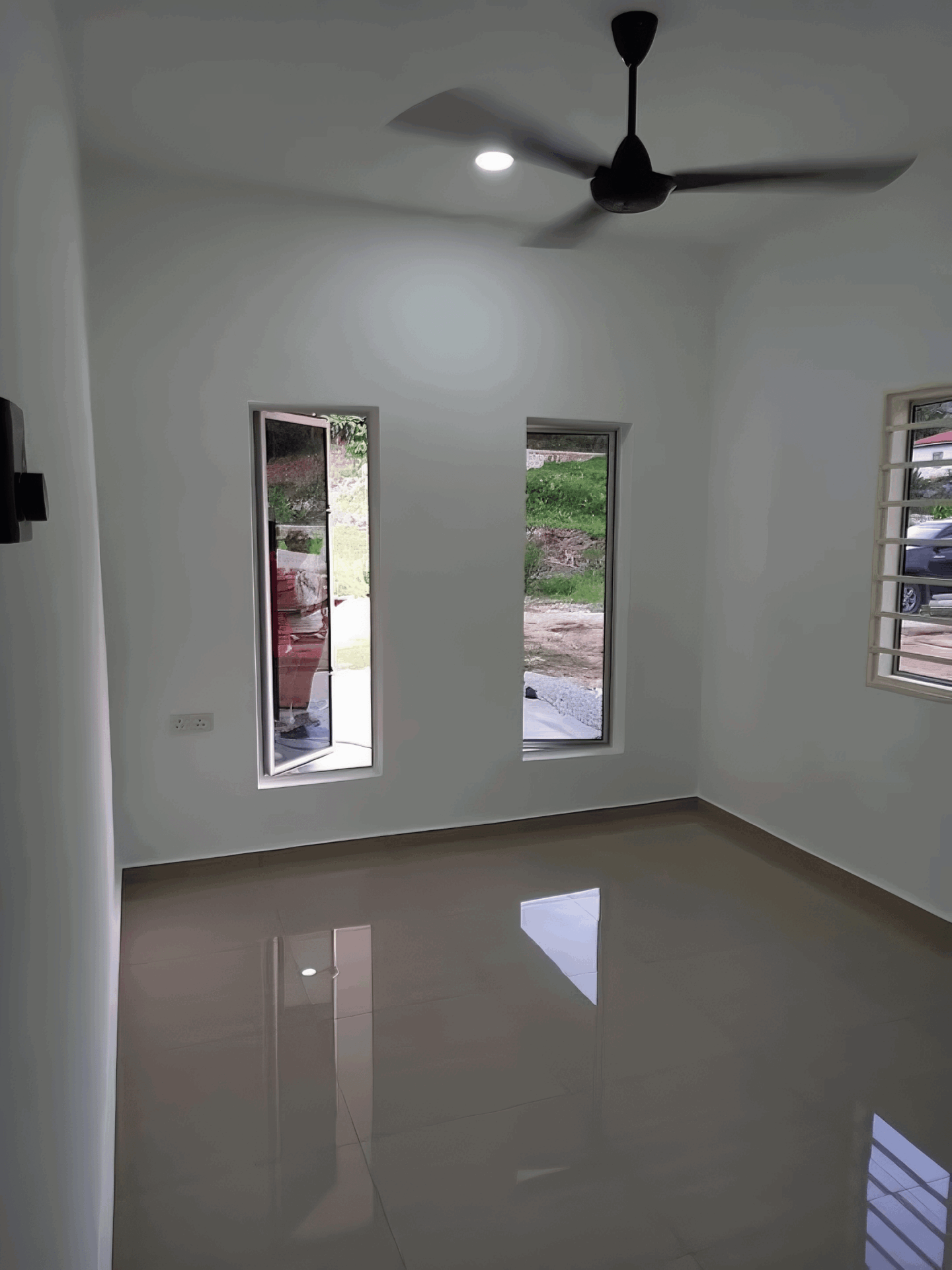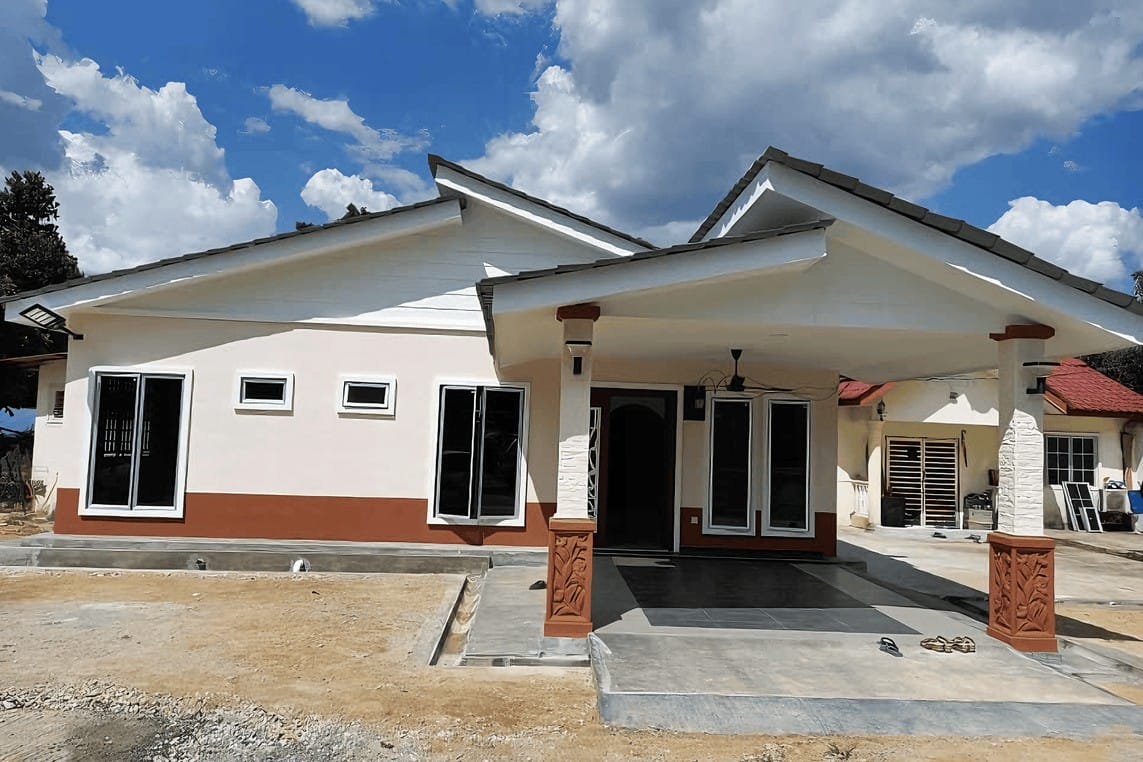How to Avoid Hidden Costs When Building Your Dream Home: 9 Tips | RumahHQ

Building your dream home is an exciting adventure, but it can quickly turn into a financial headache if you’re not careful. Imagine designing a space that reflects your personality and caters to your family’s needs, only to find that those extra costs were lurking just around the corner—waiting to munch on your budget! In Malaysia, where the dream of owning a home feels closer than ever, it’s crucial to keep a wary eye on hidden costs during the construction process. Whether you’re a first-time homeowner or a seasoned pro, knowing what to watch out for can save you a lot of heartache (and money) down the line. So, let’s dive in and explore nine practical tips to help you navigate the financial maze of building your perfect pad without breaking the bank!
Understanding Your Budget Beyond the Surface
When diving into the financial pool of building your dream home, you might feel like you’re just scratching the surface. But there’s a lot more beneath that calm water. To truly understand your budget, it’s all about digging deeper and recognizing those nuances that often get overlooked. Many first-time builders don’t realize that the initial quote from contractors is just the beginning; this figure rarely encapsulates all the costs associated with a project.
One way to uncover those hidden costs is to create a comprehensive list of potential expenses. Think about the things you might take for granted but still incur costs such as:
- Land preparation and grading
- Utility hookups and permits
- Landscaping and outdoor amenities
- Interior finishes and upgrades
- Contingency funds for unforeseen issues
Besides identifying potential hidden costs, consider the importance of maintaining a flexible attitude. Unexpected expenses can emerge at any moment, and they often do. By building some wiggle room into your budget, you prepare yourself for those financial curveballs that could otherwise throw your entire project off track. For example, setting aside an additional 10-20% of your total budget is a wise strategy to avoid jeopardizing your plans when surprises pop up.

Identifying Potential Hidden Costs in Home Construction
When diving into home construction, it’s easy to fixate on the major expenses like materials and labor. However, overlooking potential hidden costs can quickly turn your budget into a distant dream. Start by examining the project in its entirety rather than just the surface-level costs. Consider factors such as site preparation or unforeseen weather delays that can add time and expenses to your project. It’s essential not to underestimate these elements; they often sneak up on you when you least expect them.
Another critical area to uncover hidden costs is through permits and fees. Each state or region in Malaysia has specific regulations that govern construction projects, which means you could face additional expenses if you’re not well-informed. Make sure to do your homework by checking local regulations, as well as any homeowners’ association requirements. Here are some fees you might overlook:
- Building permits
- Sewer and water fees
- Inspection fees
- Utility connection fees
Don’t forget to factor in the cost of finishes and unexpected adjustments as well. These can range from adding extra electrical outlets to switching up the countertops halfway through the build. Use a budget tracker that allows for these variables, setting aside around 10% of your budget as a safety net for these last-minute changes. This empowers you to make choices without derailing the entire project financially. If you plan wisely, you can minimize the pitfalls that come with unexpected costs, keeping your dream home within reach.

The Importance of Detailed Contracts and Agreements
When it comes to building your dream home, detailed contracts and agreements are essential to safeguard your interests. These legal documents serve as the foundation for your project, clearly outlining the responsibilities of all parties involved. By specifying timelines, payment schedules, and material specifications, you can minimize misunderstandings and ensure that everyone is on the same page from the get-go.
Having a written agreement can help protect you from unexpected costs that might arise during the construction process. This is particularly important in a country where project delays and cost overruns can be common. A well-structured contract allows you to include clauses for change orders, which dictate how additional work or modifications will be handled, ensuring that you don’t pay inflated prices for surprises down the line. Here are some critical elements to consider including in your contracts:
- Scope of Work: Clearly define what work will be done.
- Payment Terms: Set milestones for payments, not just one lump sum.
- Liabilities: Outline who is responsible for what in case things go wrong.
- Dispute Resolution: Include methods for resolving issues, like mediation or arbitration.
Lastly, don’t underestimate the value of consulting with a legal professional when drafting your contracts. They can help you identify any potential loopholes or clauses that could further protect your investment. Take the time to review each detail carefully before signing—this could save you significant financial headaches in the future.

Navigating Permits and Regulatory Fees
When embarking on your home-building journey, understanding the landscape of permits and regulatory fees can feel overwhelming. To keep your project’s budget intact, begin by familiarizing yourself with the specific permits required in your state or local council. Each jurisdiction has its own set of regulations, and failing to acquire the necessary permits could lead to hefty fines and delays. It’s wise to check in with your local authority or consult a professional who specializes in construction regulations to ensure you don’t overlook any crucial paperwork.
Additionally, it’s essential to budget for the various regulatory fees that come along with your permits. Depending on your project’s size and complexity, these fees can add up quicker than you might expect. Consider the following potential costs that you should factor into your financial planning:
- Application fees: Charges associated with submitting your permit applications.
- Inspection fees: Costs incurred for mandatory inspections during different construction phases.
- Impact fees: Contributions required for local infrastructure improvements affected by your development.
To avoid any nasty surprises, keep track of all fees and charges to ensure everything aligns with your budget. You can also create a comprehensive fee schedule as a reference. Here’s a simple table to help you get started:
| Type of Fee | Estimated Cost (RM) |
|---|---|
| Application Fee | 300 – 1,000 |
| Inspection Fee | 200 – 500 per inspection |
| Impact Fee | 1,000 – 5,000 |
Lastly, don’t underestimate the value of building relationships with local officials. Engaging in open communication can often lead to insights that help you sidestep additional costs. Attend council meetings, ask around at community forums, or simply get to know the personnel involved in processing permits in your area. Their guidance could be invaluable in navigating the permit maze and keeping your expenses in check.

Choosing the Right Contractors and Subcontractors
When embarking on the journey of building your dream home, is paramount. The right team can either elevate your project or lead to potential hidden costs. Start by conducting thorough research and tapping into your network for recommendations. Look for contractors who have a solid reputation in the local market and are familiar with Malaysian building regulations. An initial interview can reveal a lot about their approach and their understanding of your vision.
It’s also wise to ask potential contractors about their past projects and request references. This step not only gives you insight into their craftsmanship but also allows you to gauge how well they handle challenges. Make sure to check if they don’t rely solely on verbal agreements but also use detailed contracts. A well-structured contract should clearly outline the scope of work, timelines, and payment schedules to avoid any surprises down the line. Don’t hesitate to seek clarity on terms that seem vague, as this can save you from unexpected costs later.
Lastly, consider the importance of having a good relationship with your selected professionals. Open communication can help ensure that everyone is aligned on the project’s goals. Trustworthy contractors will often provide you with transparent updates and flag any issues before they escalate, keeping hidden costs at bay. Here’s a quick overview of what to look for:
| Criteria | What to Look For |
|---|---|
| Experience | Years in business and portfolio of past work |
| Reputation | Online reviews and personal referrals |
| Communication | Ease of conversations and responsiveness |
| Contracts | Detailed outlines and clear terms |
| Licensing | Proper licensing and insurance coverage |

Planning for Contingencies in Your Construction Timeline
When it comes to construction timelines, uncertainty can be your biggest foe. To minimize disruptions, it’s wise to build in some extra time for unforeseen circumstances. This ensures that unexpected delays become manageable rather than overwhelming. You can accomplish this by incorporating buffer periods in your construction schedule. For instance, consider adding an extra week for permit approvals or unexpected weather conditions.
Additionally, keep communication lines open with your contractor and subcontractors. Regular check-ins can help you stay ahead of any potential issues that might derail your project. Ask them about past projects and the obstacles they faced. This information can provide insight into where you might need to focus your contingency plans. Clear expectations and flexibility in adapting to challenges will go a long way.
Lastly, consider creating a simple table to track potential risks associated with your project. This allows you to visualize different scenarios and how they could impact your timeline. Here’s a quick example of what that might look like:
| Risk Factor | Contingency Plan |
|---|---|
| Bad weather | Allocate additional time in schedule |
| Material delays | Source multiple suppliers |
| Labor shortages | Have a backup roster of workers |

How to Effectively Communicate with Your Building Team
Effective communication is the backbone of a successful building project. Start by establishing an open dialogue with your building team from the get-go. Regular check-ins can help unravel any questions or concerns that may arise throughout the process. Setting aside time for weekly meetings or casual catch-ups can create a comfort level where ideas and feedback can flow freely. Remember, the more involved you are in these discussions, the more likely it is that your vision aligns with the team’s execution.
Utilizing technology can significantly enhance how you interact with your team. With messaging apps, project management software, or even simple video calls, keeping everyone in the loop becomes much easier. Make sure to share visual references and detailed plans. Consider creating a dedicated project folder that can be accessed by everyone involved, ensuring all the critical documents are at their fingertips. This can save countless misunderstandings and promote a culture of transparency in the project space.
Lastly, don’t shy away from expressing gratitude and acknowledging hard work. A little recognition can go a long way, boosting morale and fostering a positive atmosphere within your building team. Consider creating a feedback loop where both you and the team can address what’s working and what’s not, without fear of stepping on toes. Open-ended questions can facilitate this; for example, “What challenges are you facing?” or “How can I support you better?” This collaborative spirit will not only pave the way for a smoother construction journey but also help in avoiding those sneaky hidden costs that can come out of miscommunication.

Conducting Thorough Pre-Construction Research and Due Diligence
Before you break ground on your dream home, doing your homework is crucial to avoid those pesky hidden costs. Start by diving into the local regulations and zoning laws; you wouldn’t want to kick off your project only to be slapped with fines or restrictions later on. Gathering information from the local council can help you identify any permits you may need, as well as the specific building codes that must be followed. This way, you’ll not only save money but also time in the long run.
Next, consider the land itself. Researching the topography, soil quality, and potential environmental issues can reveal insights that may affect your building process. For instance, if your dream lot sits on unstable ground, it might necessitate extra foundation work, driving up costs unexpectedly. Engage with local engineers or geotechnical experts who can provide valuable analysis. You’ll also want to keep an eye out for any utility easements that could limit your design choices.
Lastly, chat with your future neighbors. They can offer insights into local construction practices, potential pitfalls, and even recommend reliable contractors. Networking with the community gives you a broader perspective on local building experiences and unearths hidden costs others may have encountered. By tapping into their wisdom, you’ll be well-equipped to anticipate challenges and adapt your plans without financial strain.
Insights and Conclusions
As we wrap things up on our journey to building your dream home without those sneaky hidden costs, remember that awareness is your best buddy in this adventure. It’s all about planning ahead, doing your homework, and having open talks with your contractors and suppliers. Every little detail counts, and those small steps can lead to big savings.
Take these 9 tips to heart, and you’ll not only lay down the foundation of your home but also build a solid financial plan. The last thing you want is to be caught off guard by unexpected expenses, right? So keep those eyes peeled, ask questions, and don’t be afraid to negotiate.
At the end of the day, your dream home should bring you joy, not stress over finances. Happy building, and may your new home be everything you’ve ever wished for!











